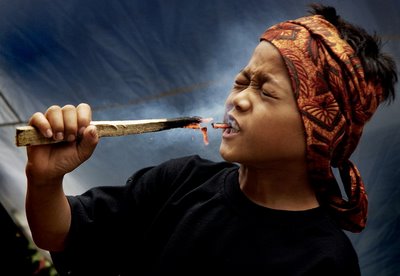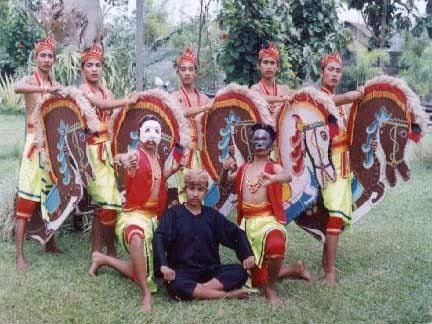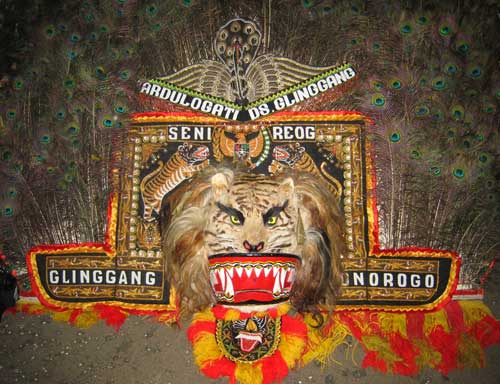
Debus is a martial art from Banten. Art was created in the 16th century, in the reign of Sultan Maulana Hasanuddin (1532-1570). Debus, an art of human abilities mempertunjukan extraordinary, immune sharp weapons, immune to fire, drinking hard water, insert it into a whole coconut, fry an egg on the head and others.
History
Islamic religion was introduced by Sunan Gunung Jati, one of the founders of the Sultanate of Cirebon in 1520, the expedition along with the peaceful conquest of Sunda Kelapa. Then, when the power is held by the Sultan of Banten Tirtayasa Ageng (1651-1682), Debus focused as a means to raise the spirits of the warriors in the fight against Dutch colonial traders joined in Vereenigde Oost Indische Compagnie (VOC).
Video Debus


















